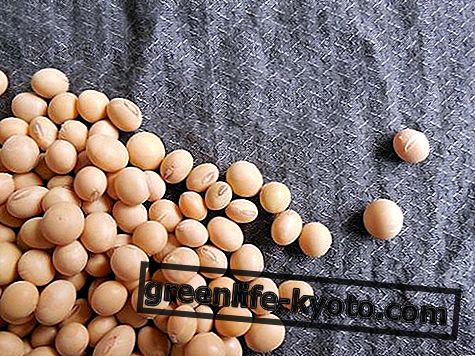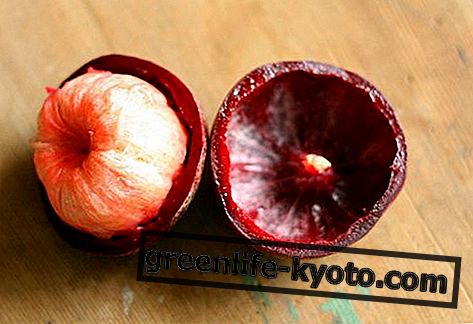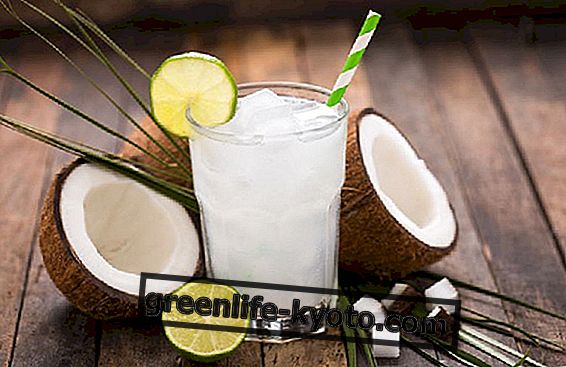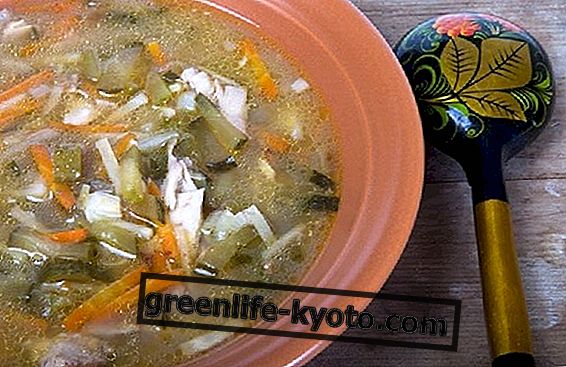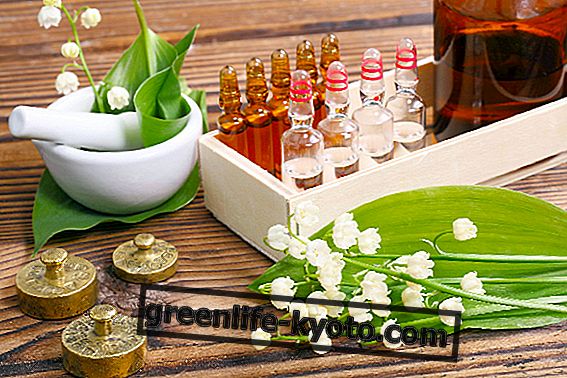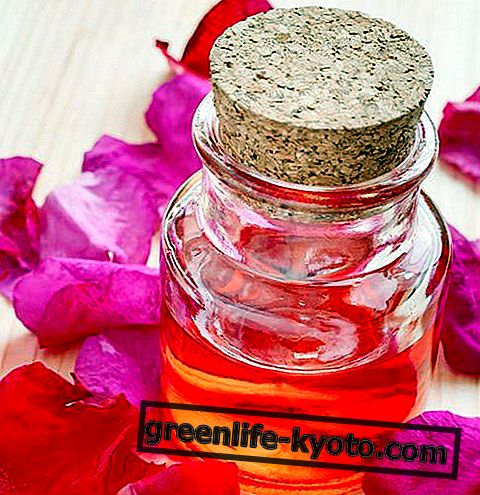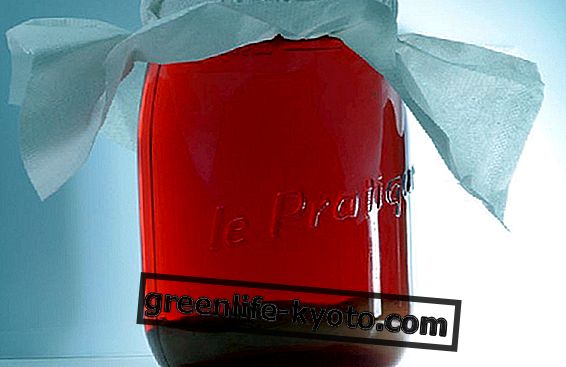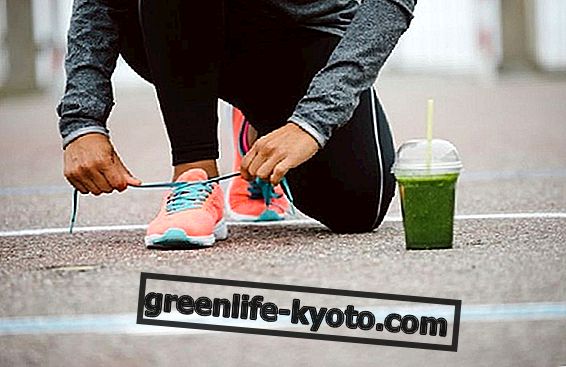
What are the actual microorganisms?
Giant turnips in the garden, laundry that is washed without detergents, sprays that do not foam but clean the kitchen. These three things have an element in common between them, indeed, a microelement. These are the actual microorganisms . At a conference, a friend's girlfriend smiles with satisfaction as she talks at her desk: "I've just discovered them, they are particular products, which clean, wash clothes and dishes, but they also serve for much more. I bought them for the kitchen". The actual microorganisms are essentially a mixture of photosynthesis bacteria ( Rhodopseudomonas palustris ), lactic acid bacteria ( Lactobacillus plantarum and Lactobacillus casei) and yeasts ( Saccharomyces cerevisiae ).
They are used diluted in various percentages, depending on the use, in an aqueous solution, to be used in dilution or spray. But also in many other ways and forms. These organic micro-products were invented by a certain Japanese professor, the microbiologist and farmer Higa Teruo, calling them EM (Effektive Mikroorganismen), who said: "In the world of microorganisms there is only a handful of bad bacteria. they are also only a few good bacteria ". And the actual microorganisms that bacteria are? They are "diplomatic" bacteria that ally with stronger bacteria, influencing their behavior as well. According to the professor, if placed in the majority, these microbacteria would affect the behavior of the other groups of bacteria, transforming their degenerative functions into regenerative and antioxidant functions, so that a combination of about 80 microorganisms would be able to decompose organic matter in a from "promoting life" .
Effective microorganisms, not just for cleaning
They are not only meant for cleaning the house, for laundry, to heal environments that purify the air and eliminate electromagnetic pollution. The effective "activated" microorganisms would also be able to purify the water and to feed the regenerative force of the soil, permaculture knows something about it. The systems of multiplication of the combination of actual microorganisms are in fact also used for composting ( bokashi ) of the lands that practice organic cultivation and for the preparation of activated sludge for large volumes of water. With the introduction of microorganisms, in the first case, a biological chain activity would be stimulated on living organisms in the soil and on plants with effects on nutrient production, and vegetative stimulation, thus decreasing the proliferation of parasites. In the second case, used for the purification of polluted land, they would transform wastewater into white water, so as to heal unbalanced land, starting the transformation from degraded land (sandy, clayey or brackish) into fertile land. Today, even cosmetics and nutrition make use of actual microorganisms. They are used for the skin, to heal wounds, as a toothpaste and even against intestinal problems. Since they are formed mainly of lactic acids, yeasts and yeasts, they are useful in the food sector where fermentation is required, as in the case of cheeses.
Between efficacy and hoax
So there are those who have tried them and believe them to be effective, above all for fertilizing the garden, the pots, the garden, and those who, on the other hand, turn their wary nose. In fact, when you see a photo of a giant turnip cultivated in the garden of a friend who has used actual microorganisms, there are very few doubts. Despite this there are those who speak of buffalo. The Japanese theory is often not well seen by the scientific community, although in Asia and in many parts of the world it is used daily and with real benefits. To remove any doubt, one can directly read the book written by Higa Teruo, entitled "Effective microorganisms - Wellbeing and regeneration in harmony with nature", in which, in addition to explaining the use and function of these microorganisms, the focus is on finger on the danger represented by chemical pesticides, artificial fertilizers and, on the other hand, on the innovative approach that microorganisms represent for many sectors and in different fields. A chapter of the book is also dedicated to scientific tests and the useful use that could be made of microorganisms also in medicine, having given them a positive response to the care of the immune system .
YOU MAY ALSO BE INTERESTED
> In the vegetable garden
> The homemade fertilizer
Watch the video on actual microorganisms in composting ( bokashi )

